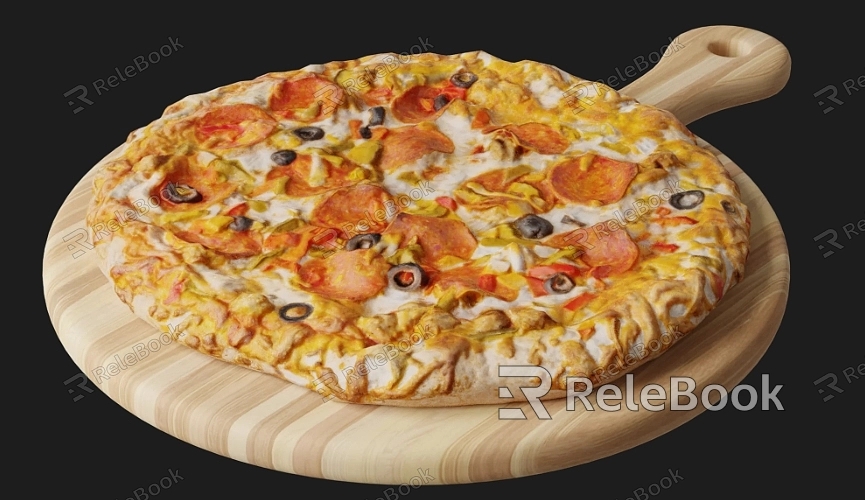How to Create a 3D Model
A 3D model refers to an object constructed in a virtual three-dimensional space, encompassing information on height, width, and depth. Creating 3D models is a common practice across various industries, including game development, animation production, architectural design, industrial design, medical visualization, and more.
Crafting a 3D model demands patience and meticulous observation. Utilizing professional software such as Blender, Maya, or 3ds Max, you can either create models from scratch or customize existing basic models. Before embarking on 3D modeling, it's crucial to have a clear concept of the object you want to model. Selecting an appropriate 3D modeling software, such as Blender, Maya, 3ds Max, Cinema 4D, SketchUp, etc., is also essential. If the model is based on real-world objects, preparing reference images or sketches to guide the modeling process is typically necessary. In your chosen 3D modeling software, create the basic shape of the model, often achieved by adding and modifying geometric primitives (e.g., cubes, spheres, cylinders). Use the software's tools to refine and sculpt the basic shapes, add necessary details and complexities, apply materials and textures that define the model's color, texture, and reflectivity. Once satisfied with the results, render and export the model.

Now, let's explore the practical applications and features of creating 3D models through some real-world scenarios.
1. Design and Production of Animated Characters
Utilizing 3D modeling software, you can design unique animated characters. Starting from scratch, you can shape their appearance, features, and clothing, adding textures and lighting to achieve a realistic look.
2. Construction and Detailing of Game Environments
In game development, 3D models are employed to build game environments, creating vivid virtual worlds. By adding textures, details, and effects, models can exhibit realistic textures and intricate scenes.
3. Production and Showcase of Product Prototypes
In product design, 3D modeling allows the creation of virtual prototypes. Adding details and textures showcases the product's appearance, materials, and functional features.
4. Virtual Simulation of Architecture and Scenes
Through modeling software, virtual simulations of buildings and various scenes can be created. By adding textures and adjusting lighting, the models can exhibit the texture of buildings and environmental characteristics.
5. Production of Special Effects and Animation
In film or video production, 3D models are used to create special effects and animations. Through textures and animation effects, scenes with special effects and dynamic textures are brought to life.
6. Simulation in Scientific and Medical Fields
In scientific research or the medical field, 3D modeling is employed to create simulated experimental scenarios or anatomical models. Through textures and model details, realistic simulation effects are presented.
7. Expression in Artistic Creation and Sculpture
Artists can use 3D modeling software for creative purposes, crafting works with unique artistic features. By adding textures and sculpting details, a distinctive artistic style is showcased.
Through 3D modeling software, you can transform your creativity into three-dimensional forms and present them in the virtual world. Each added detail and texture enhances the model's vividness and realism, bringing more possibilities and innovation to various applications. If you need high-quality 3D textures and HDRI or require 3D model downloads, you can find them on Relebook. After downloading, you can directly import textures and 3D models into your project for immediate use.

